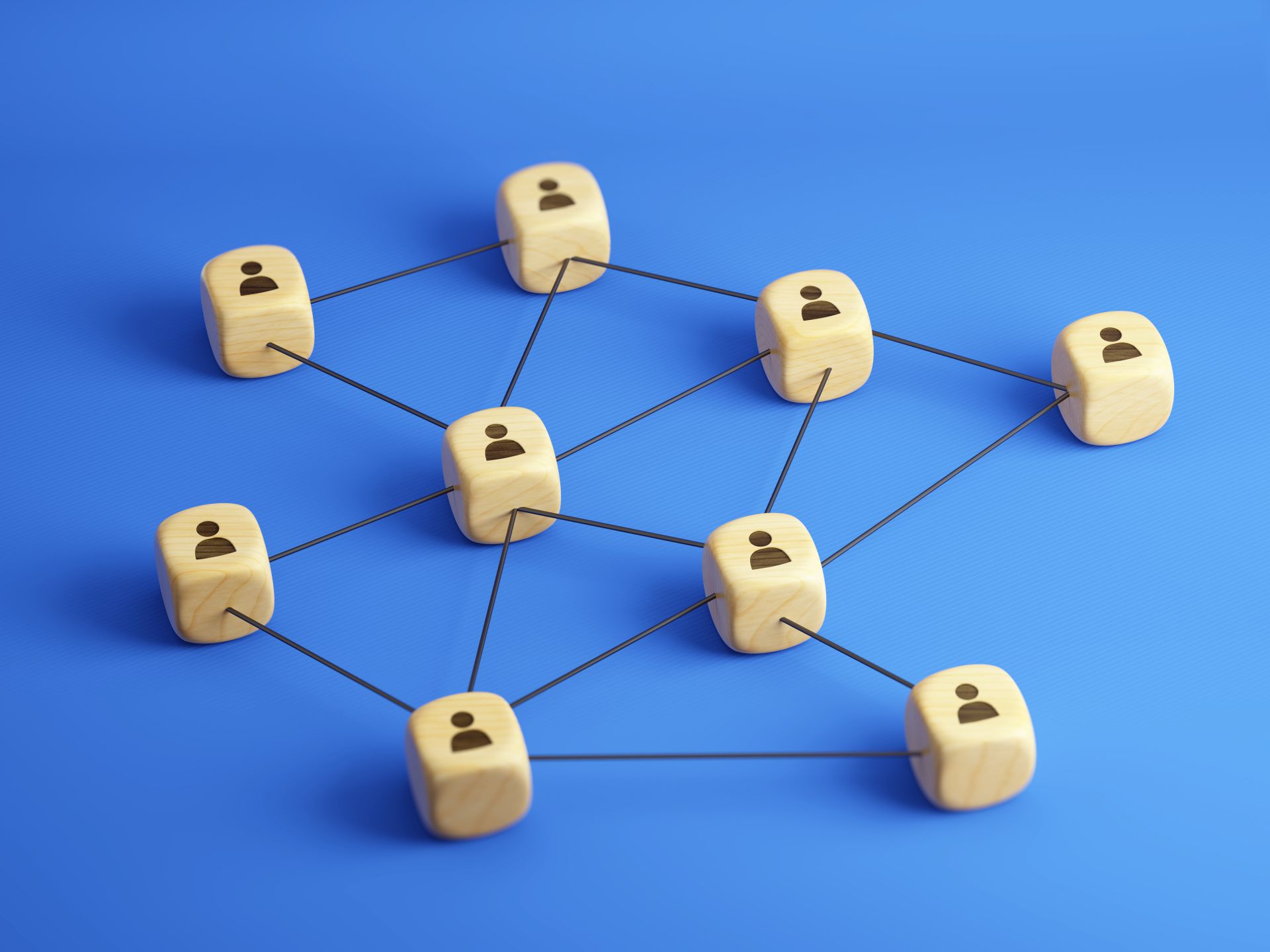Contact Tracing, Isolation, and Quarantine in the Age of COVID-19

From my kitchen table fancy home office to you extraordinary pharmacy technicians, kind greetings! I would like to start with a heartfelt thank you to all the frontline and behind the scenes pharmacy technicians and pharmacy personnel for going above and beyond to help keep Albertans safe. I admire your dedication to patient care.
But who is this “I” and why am I here? (Solid question!) For the plethora those of you who don’t recognize the name, an introduction. My name is Kim and some of my favourite humans call me Auntie Kimmy; my most rewarding title. I’m proud to be a registered pharmacy technician in Alberta which has been my career since 2003. I’ve practiced in retail, long term care, and (rural/urban) hospital settings. Up until recently I was involved in pharmacy technician education. What else can one do as a pharmacy technician? Read on kind humans…
When life threw humanity a COVID curveball, I felt compelled to pivot (remember that episode of Friends™ #PAM2020 pin?)…and segue into a new opportunity. I wanted to do something measurable to help crush COVID-19. Staying home didn’t feel like enough, but what can one do in a pandemic? My application to superhero school is pending, so my most recent mission lead to a role as a case investigator and contact tracer for Communicable Disease Control (CDC) under the Provincial Population and Public Health umbrella of Alberta Health Services.
What is that and why do we do it? Case investigation and contact tracing are important disease control measures in the overarching strategic plan to prevent the further spread of COVID-19. Public health has employed these measures for many years to slow/limit the spread of other communicable diseases. The reason we are hearing more about it now is due to the massive scale up in the workforce that was necessary relative to COVID-19 proliferation. Case investigation is uniquely suited to licensed healthcare professionals for a few reasons. Case investigators/contact tracers must possess the following skills:
- Understanding of and adherence to patient confidentiality
- Ability to build and maintain trust while remaining ethical, empathetic, and professional
- Understanding of medical terminology
- Ability to navigate and explain the concepts of viral incubation, period of communicability, symptom onset, and asymptomatic/pre-symptomatic/symptomatic disease presentation while simultaneously explaining the reason for and differences between isolation and quarantine
- Understanding of how to actively listen to patients/families and provide referrals when needed, especially when it means having to “listen between the lines”
- Ability to respectfully and thoughtfully demonstrate cultural, identity, and socio-economic competency appropriate to each patient
- Understanding of how to multitask and research in real time while simultaneously charting, asking appropriate questions to determine history, problem solving, actively listening, and playing detective – can you guess how many different browsers/browser windows and programs one has open to make contact with one patient? (agreeably, this one is a little specific, but also one of the most interesting parts of the job, in my opinion)
What does the process entail? Here is the CliffsNotes version:
- Patient receives a text informing them of a positive COVID-19 swab result.
- They receive a call from an investigator. (If the patient didn’t receive a text, this is when they will learn their result).
- The investigator offers support, education, and guidance…while hopefully helping recall the last two + weeks of life (in some great detail).
- The investigator gathers information on where the patient has been, what they have done, and who they have been in close contact with during that time. (Remembering two weeks’ worth of life is HARD, so this is where a slight penchant for being a detective comes in handy). Of note: Gen Z humans are amazing historians…so many details of life are captured on Snapchat, TikTok, Instagram, text message, and every other social media platform.
- An isolation order is given, with necessary quarantine for the household as required, and the trace is on.
- Non-household close contacts of a positive case during the period of communicability are next as they also require a quarantine order.
- With people safely at home and supported, follow up is completed where applicable and the process begins anew.
Similarities between case investigation/contact tracing and pharmacy practice? No two days are the same, there is a patient (or potential patient) driving every action, and EVERYTHING changes (sometimes twice thrice multiple times in one day). As in pharmacy, try to ask the right questions, pay attention to detail, problem solve, think on your feet, and adapt to change.
Some questions I’ve been asked: Are there tears? Sometimes. Are the tears always from the patient? …perhaps not. Are we advancing public health and preventing disease? You betcha. At the end of the day, although the setting is a little different, the patients are equally amazing.
Many thanks to PTSA for allowing me to share an alternate practice opportunity for pharmacy technicians. Your advocacy and dedication to the profession is beyond measure.
Here’s to staying positive and testing negative (for COVID).
Be well,
Kim Sanford, RPhT
